TThis fine example of a Killarney inlaid table probably dates to the mid to late 19th century. The substrate is of mahogany, veneered in yew and arbutus. The table is elliptical in shape and centrally decorated with sprays of Killarney Fern. The outer edge is decorated with well-known Killarney sights including: Muckross House, Muckross Abbey, Killarney House (demolished 1870s), Ross Castle, Glena Cottage (destroyed 1920), the Old Weir Bridge and Derrycunnihy. An inner band of inlay is composed of alternating ferns with the fruit and leaves of the arbutus (Arbutus unedo). The bulbous central column and pedestal is decorated with the harp motif and shamrocks.
Killarney Inlaid Furniture: A Brief History.
During the 1820s bog oak and bog yew, found in bogs close to Killarney town, began to be used to produce wooden goods for tourists. By the late 1830s the wood of the native arbutus (Arbutus unedo) was also being exploited to produce inlaid items. This industry was well established by the late 1840s. Items of furniture produced by this inlaid arbutus industry included: cabinets, chiffoniers, davenports and games’ tables. Smaller items were also produced. The inlaid motifs included representations of local tourist sites including: Muckross House, Muckross Abbey, Killarney House, Glena Cottage, Ross Castle, Innisfallen, etc. Representations of the eagle, deer and Irish harp were also used, while decorative borders included shamrocks, ferns, oak leaves and acorns, holly leaves, etc.
This Killarney industry was in decline by the 1880s. However, between 1929 and 1952 the production of inlaid arbutus furniture continued in the Gap of Dunloe.

